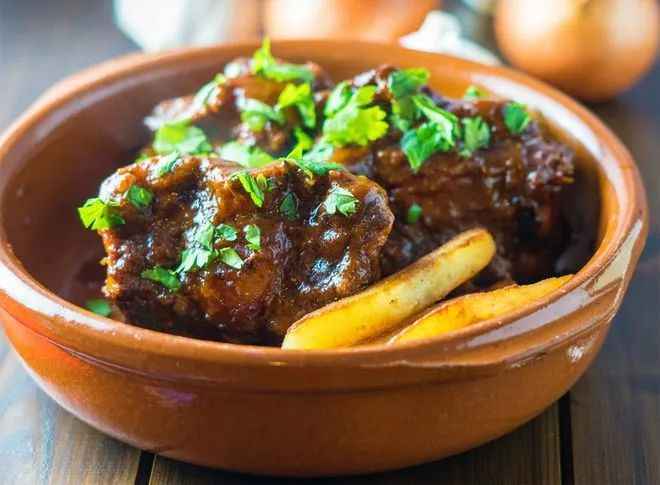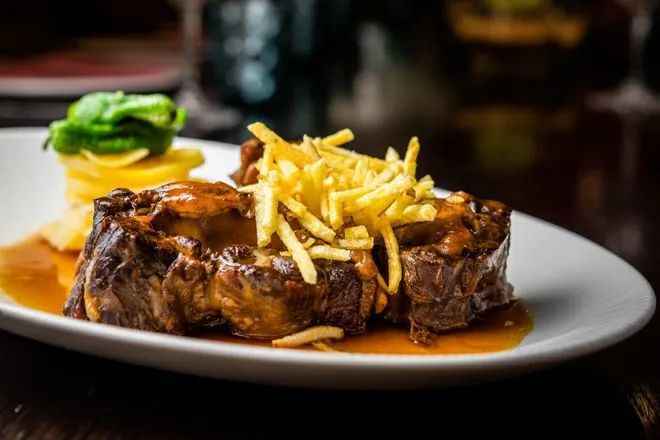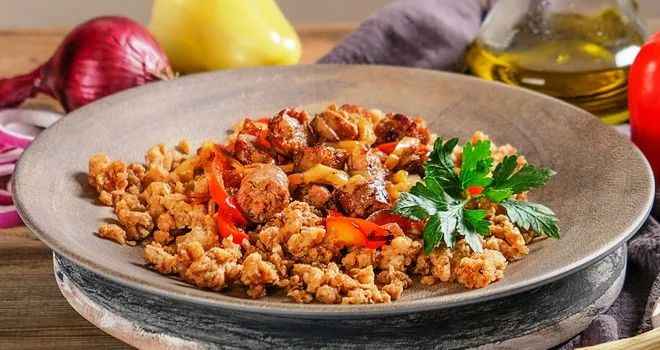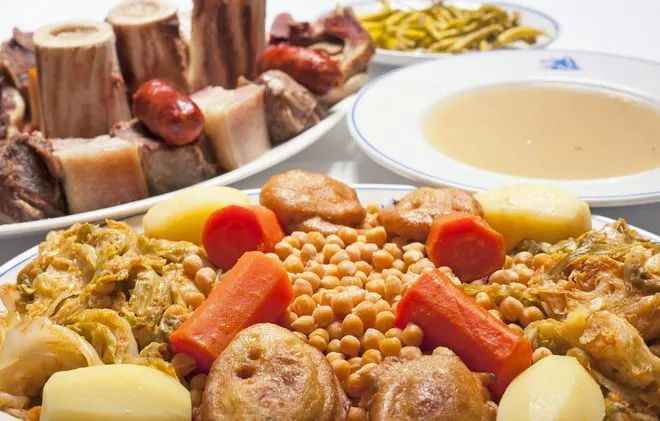Exploring Spain's Rich Stew Heritage: From Cocido to Regional Specialties
Spain’s culinary tapestry is woven with vibrant traditions, and few dishes embody its soul as deeply as cocidos—hearty stews that have simmered in the nation’s kitchens for centuries. Derived from the Spanish verb "cocer" (to boil), these slow-cooked creations are a testament to the art of patience, blending simple ingredients into flavorful masterpieces. While rooted in Spanish soil, their popularity has spread to Portugal, Brazil, and beyond, each region adding its unique twist.
The Versatile World of Cocido

Source: Images from the Internet, if there is any infringement, please contact the removal of
A classic cocido is a harmonious medley of meats and vegetables. Traditional recipes often feature a mix of chicken, beef, pork, or lamb, complemented by cured and dried sausages. Vegetables like carrots, chickpeas, potatoes, turnips, and cabbage form the stew’s backbone, while optional additions such as cheese or eggs elevate its taste and texture. The magic lies in the slow simmering over low heat, allowing flavors to meld into a comforting, aromatic blend.
Cocido Madrileño: Madrid’s Beloved Dish

Source: Images from the Internet, if there is any infringement, please contact the removal of
Hailed as one of Madrid’s culinary emblems, cocido madrileño is a hearty combination of meat and chickpeas with a history steeped in tradition. Its origins trace back to medieval Castilla-La Mancha, with food historians debating its evolution from the rustic peasant dish "olla podrida Manchega." However, the dish as we know it today likely emerged from "adafina," a Sabbath stew in Jewish cuisine featuring chickpeas, vegetables, boiled eggs, and meats like lamb or beef. The name "cocido madrileño" solidified in the 17th century, cementing its status as a symbol of Madrid’s gastronomic identity.
Rabo de Toro: Andalusia’s Bull Tail Delight

Source: Images from the Internet, if there is any infringement, please contact the removal of
In Andalusia, rabo de toro (bull tail stew) stands as a testament to culinary ingenuity. Though recipes vary by restaurant and region, the dish typically combines tender bull tail with olive oil, onions, garlic, carrots, celery, paprika, tomatoes, red wine, dry sherry, bay leaves, and parsley. Served alongside fried potatoes, it’s a rich, savory experience rooted in history. Legend has it that the stew originated in Roman times, born from the tradition of celebrating bullfights by turning the bull’s tail into a flavorful feast.
From the bustling kitchens of Madrid to the sunlit villages of Andalusia, Spain’s stews are more than meals—they are stories simmered in pots, carrying the flavors of history, culture, and community. Whether enjoyed as a comforting family dinner or a regional specialty in a local taverna, each cocido offers a warm embrace of Spain’s culinary legacy.
-------- END --------






